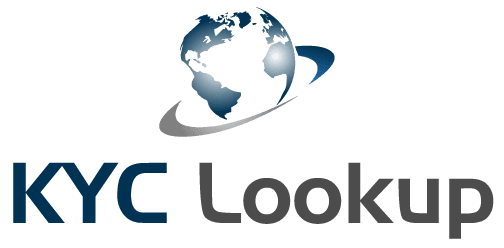16 Sep Customer Risk Rating in AML: Relevant Steps to Take
In today’s increasingly regulated financial landscape, Anti-Money Laundering (AML) compliance has become more critical than ever. One of the fundamental aspects of AML procedures is the customer risk rating process. This process plays a pivotal role in identifying and managing potential risks associated with money laundering and terrorist financing. In this article, we will delve into the essential steps of how to conduct customer risk rating in AML, and highlight the importance of comprehensive AML training, such as the programs offered by KYC Lookup, a UK-based, fully accredited AML training provider.
Understanding Customer Risk Rating in AML
Customer risk rating is a systematic approach used by financial institutions and other regulated entities to assess the risk level associated with each customer. This assessment is vital to ensure that adequate measures are taken to prevent the institution from being exploited for illegal activities like money laundering or terrorist financing.
Why Is Customer Risk Rating Important?
Customer risk rating allows businesses to allocate resources efficiently and focus on high-risk customers who may require enhanced due diligence (EDD). By categorising customers into risk levels—low, medium, or high—institutions can tailor their monitoring efforts to mitigate the risk of financial crimes. Moreover, a well-executed customer risk rating process helps institutions comply with AML regulations and avoid hefty fines or legal consequences.
Steps to Conduct Customer Risk Rating in AML
- Data Collection – The first step in conducting a customer risk rating is gathering all relevant information about the customer. This includes basic details such as name, address, and occupation, as well as more intricate information like the nature of the customer’s business, geographical location, and the type of transactions they intend to carry out. Sources of information can include customer-provided data, third-party databases, and public records.
- Risk Factors Identification – Once the necessary data is collected, the next step is to identify the key risk factors associated with the customer. These risk factors can be broadly categorised into:
- Geographical Risk: Customers from countries with high levels of corruption, terrorism, or lax AML regulations pose a higher risk.
- Customer Type: Politically Exposed Persons (PEPs), high-net-worth individuals, or those involved in cash-intensive businesses are typically considered higher risk.
- Product/Service Risk: The type of financial products or services the customer engages in can also influence their risk level. High-risk products include private banking, wire transfers, and complex investment structures.
- Transaction Risk: The nature, volume, and frequency of transactions are crucial indicators. Unusual transaction patterns or high-value transactions may trigger a higher risk rating.
- Assigning a Risk Score – After identifying the risk factors, each factor is assigned a numerical value based on its perceived risk level. These scores are then aggregated to produce an overall risk score for the customer. The scoring system can be customised according to the institution’s specific risk appetite and regulatory requirements.
- Risk Categorisation – Based on the overall risk score, customers are categorised into different risk levels—low, medium, or high.
- Low-Risk Customers: Typically include individuals with straightforward financial needs and clear backgrounds.
- Medium-Risk Customers: May include small business owners or individuals with moderate levels of wealth and some exposure to risk factors.
- High-Risk Customers: Generally include PEPs, individuals with complex financial activities, or those from high-risk jurisdictions.
- Ongoing Monitoring and Review – Customer risk ratings are not static and should be regularly reviewed to account for any changes in the customer’s profile or behaviour. Ongoing monitoring involves scrutinising transaction patterns, updating customer information, and revisiting the risk score as necessary. Any significant changes in the customer’s circumstances should prompt a re-assessment of their risk level.
The Importance of AML Training for Professionals
Conducting effective customer risk ratings requires more than just a theoretical understanding of AML principles. Professionals across sectors that are required to comply with AML regulations must have the skills and knowledge to identify and mitigate risks effectively. This is where high-quality AML training becomes indispensable.
Why AML Training Is Crucial
AML training equips professionals with the necessary tools to stay ahead of evolving money laundering techniques. It ensures that they are familiar with the latest regulatory requirements and best practices in risk assessment. Without proper training, even the most sophisticated AML systems can fail, as human oversight and decision-making are integral to the process.
KYC Lookup: Leading the Way in AML Training
For those seeking top-tier AML training, KYC Lookup offers fully accredited programs tailored to the needs of various professionals. Based in the UK, KYC Lookup’s training courses are designed to provide in-depth knowledge of AML regulations, customer risk rating techniques, and best practices for ongoing compliance.
Their courses are not just about meeting regulatory requirements—they are about empowering professionals to safeguard their organisations against the threat of financial crime. Whether you are new to the field or an experienced practitioner, KYC Lookup’s AML training programs ensure that you are equipped to handle the complexities of customer risk rating and other critical AML processes.
In conclusion, customer risk rating is a cornerstone of any effective AML compliance program. By following a systematic approach to data collection, risk factor identification, scoring, and ongoing monitoring, institutions can significantly reduce the risk of being involved in financial crimes. However, the effectiveness of these processes heavily relies on the competence of the professionals involved.
Investing in comprehensive AML training, such as the programs offered by KYC Lookup, is not just a regulatory necessity—it is a strategic decision that can protect your institution from legal risks and financial losses. With the right knowledge and skills, professionals can conduct customer risk ratings with confidence, ensuring that their organisations remain compliant and secure.
For those in sectors required to comply with AML regulations, continuous education and training are indispensable. As financial crimes become more sophisticated, the need for vigilant and well-informed professionals has never been greater.



No Comments